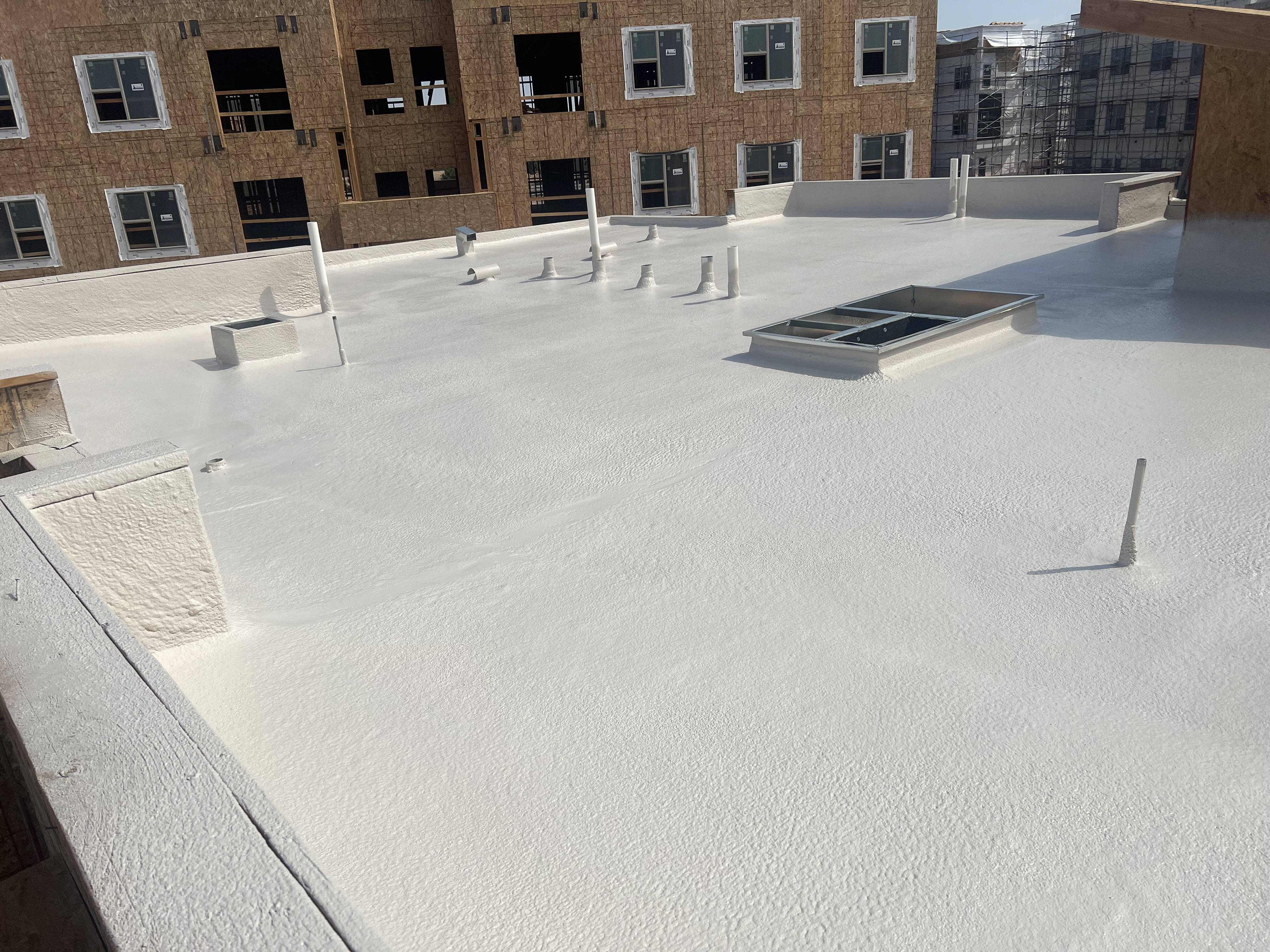
How Smart Roof Design Can Enhance Your Home's Energy Efficiency Sep 14, 2025
The concept of energy-efficient roofing revolves around the effective selection of materials and design strategies that reduce energy consumption for heating and cooling. To begin, consider the material of your roof. Cool roofing materials, for example, are designed to reflect more sunlight and absorb less heat compared to traditional roofs. Materials such as metal roofing, reflective paint, and specially coated tiles can make a notable difference in temperature regulation inside the home.
The color of the roof also plays a significant role. Light-colored roofing materials can reflect sunlight, keeping your home cooler during hot summer months. Conversely, darker shades absorb more heat, which can be beneficial during colder seasons. This balance can be fine-tuned according to the climatic conditions of your area with the help of experts like Sam's Quality Roofing, who understand the local climate's impact on roofing choices.
Insulation is another critical factor in achieving energy efficiency. A well-insulated roof helps maintain a consistent indoor temperature, minimizing the need for excessive heating and cooling. Quality insulation reduces thermal bridging, where heat moves through the building envelope, causing energy loss. Quality roof design includes adequate insulation, which ultimately contributes to a reduction in energy bills.
Ventilation is often an undersung hero in the quest for an energy-efficient home. Proper ventilation allows for the steady flow of air through the attic space, ensuring that hot air doesn't get trapped, which can lead to increased cooling costs during the summer. Strategically placed vents help in maintaining optimal attic conditions, deterring moisture buildup and ice dams in winter, which can also affect energy use.
Furthermore, integrating solar panels into your roof design not only helps in generating renewable energy but also offers the benefit of shading your roof, adding an additional layer of energy savings. Solar panels have become more affordable and efficient, providing long-term financial benefits while reducing your reliance on non-renewable energy sources.
The shape and slope of your roof can also impact energy efficiency. A roof with a high slope might help in quickly shedding water and snow, reducing potential damage during extreme weather, but may also impact the surface area available for solar panels. On the other hand, a flat roof can maximize space for solar installations but might require more careful consideration regarding drainage systems.
In conclusion, investing in a smart roof design is an effective way to enhance your home's energy efficiency, resulting in lower utility bills and reduced carbon footprint. By consulting with professionals like Sam’s Quality Roofing, you can tailor these choices to best suit your home's architectural style and your locality's climate demands. This strategic investment not only enhances your home's market value but also contributes positively to the environment, a win-win scenario for both your pocket and the planet.
/filters:no_upscale()/media/77f35912-25a1-4454-ada3-38cf28bfa204.jpeg)
/filters:no_upscale()/filters:format(webp)/media/99be7065-071b-4b54-a125-bf4ecf5c4c1e.jpeg)